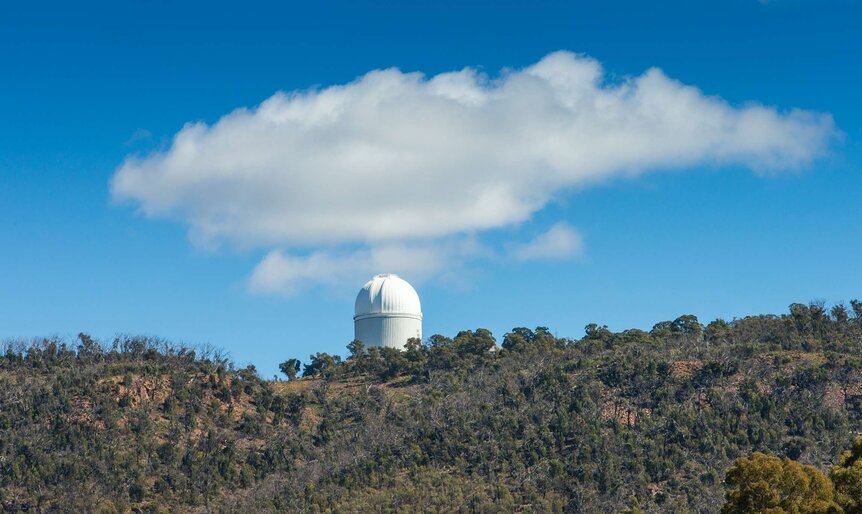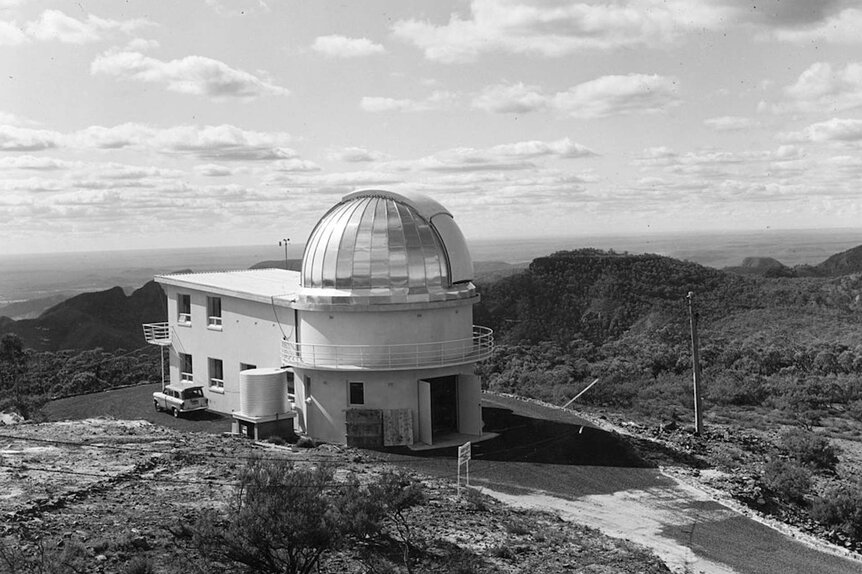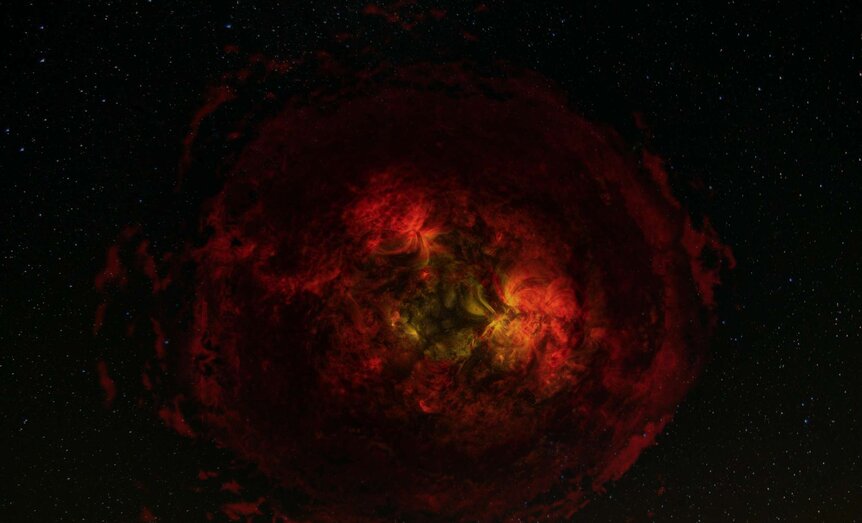Create a free profile to get unlimited access to exclusive videos, sweepstakes, and more!
Australia's powerful new infrared telescope to hunt for elusive cosmic events

Peering up into the far reaches of the galaxy with unrivaled clarity, a new infrared telescope designed and developed by astronomers at the Australian National University (ANU) will help stargazing scientists hunt down some of the cosmos' most elusive heavenly events, all from the comforts of our home planet.
The Dynamic REd All-Sky Monitoring Survey, aka DREAMS, will be installed at the historic Siding Spring Observatory in northern New South Wales and is engineered to rapidly scan and closely monitor the entire southern sky in search of cosmic occurrences as they manifest out of the inky void.
With plans to share the telescope with international researchers, its creators hope their next-generation device will elevate Australia to the pinnacle of the evolving field of transient astronomy, which is the study of rare cosmic treasures in close to "real time."
Expected to be finished in 2021 and nearly 10 times stronger than its closest rival, DREAMS is being built housing a fully automated 0.5m telescope fortified with an advanced infrared camera. In each detailed snapshot, DREAMS is able to capture 3.75 square degrees (20 times the size of the Moon) of the night sky, and should be able to map the breadth of the southern heavens over the course of three clear nights.
Due to their ability to cut through the distorting galactic haze and distant cosmic obstructions, infrared telescopes are far more potent than traditional optical telescopes when it comes to searching for the more uncommon space spectacles like quasars, pulsars, interstellar mergers, supernovae, galaxy formations, neutron star collisions, gravitational wave sources, and the myriad mysteries of black holes.
"This new infrared telescope makes it possible to see beyond the dust and debris that block your view with a telescope that operates in the visible wavelengths," lead researcher Professor Anna Moore, Director of the ANU Institute for Space (InSpace) tells SYFY WIRE. "It will scan the entire southern night sky in the infrared, making constant images, almost like making a video. It will help us look for elusive cosmic events that happen in days, weeks or months and not millions of years.
"An example of the kind of event we are hoping to see is called a neutron star merger," she adds. "We know that neutron star mergers create conditions that make metals such as gold and platinum. We are searching for all these elusive and rare events. To see them, we need to be able to search across large distances, every night. This imaging could unveil new stars, nebulae, mergers, galaxies, supernovae, quasars and other sources of radiation new to science.
"We hope to have the DREAMS infrared telescope up and running by mid-2021 and the data will be shared across the world so researchers can be anywhere and have access to the tremendous amount of data that it will produce."
Dr. Tony Travouillan is lead technical manager on the ambitious DREAMS project and considers the exciting undertaking to be both innovative and economical.
"Surveying the sky in the infrared has always been limited by the cost of the cameras and not the telescope," Dr. Travouillon explained in a statement. "The development of infrared cameras using Indium Gallium Arsenide technology, with the help of our collaborators at MIT, has given astronomers an economical alternative that we are the first to implement on a wide field survey. We are using six of these cameras on our telescope. It gives us a scalable design that minimises instrument complexity and cost."






























